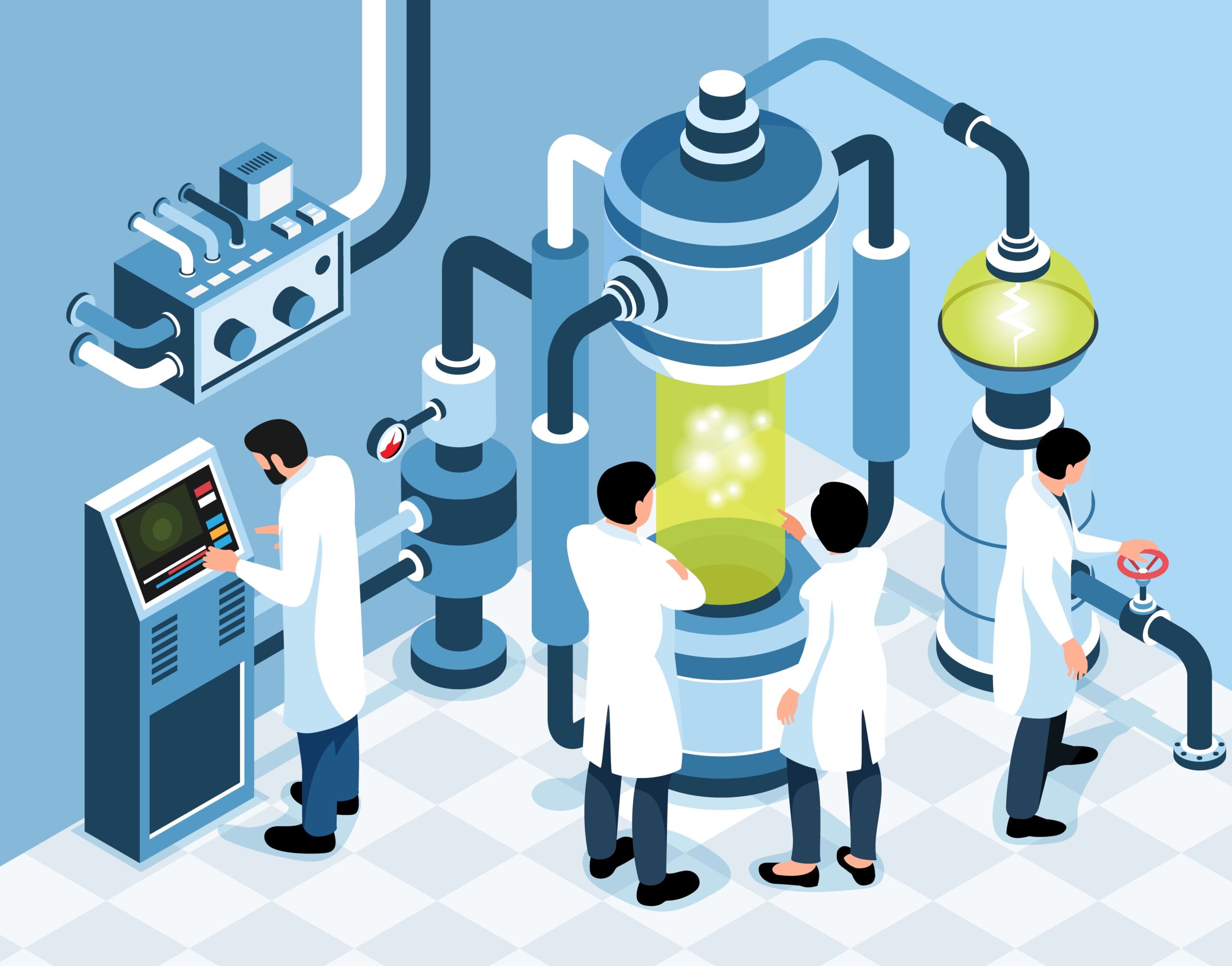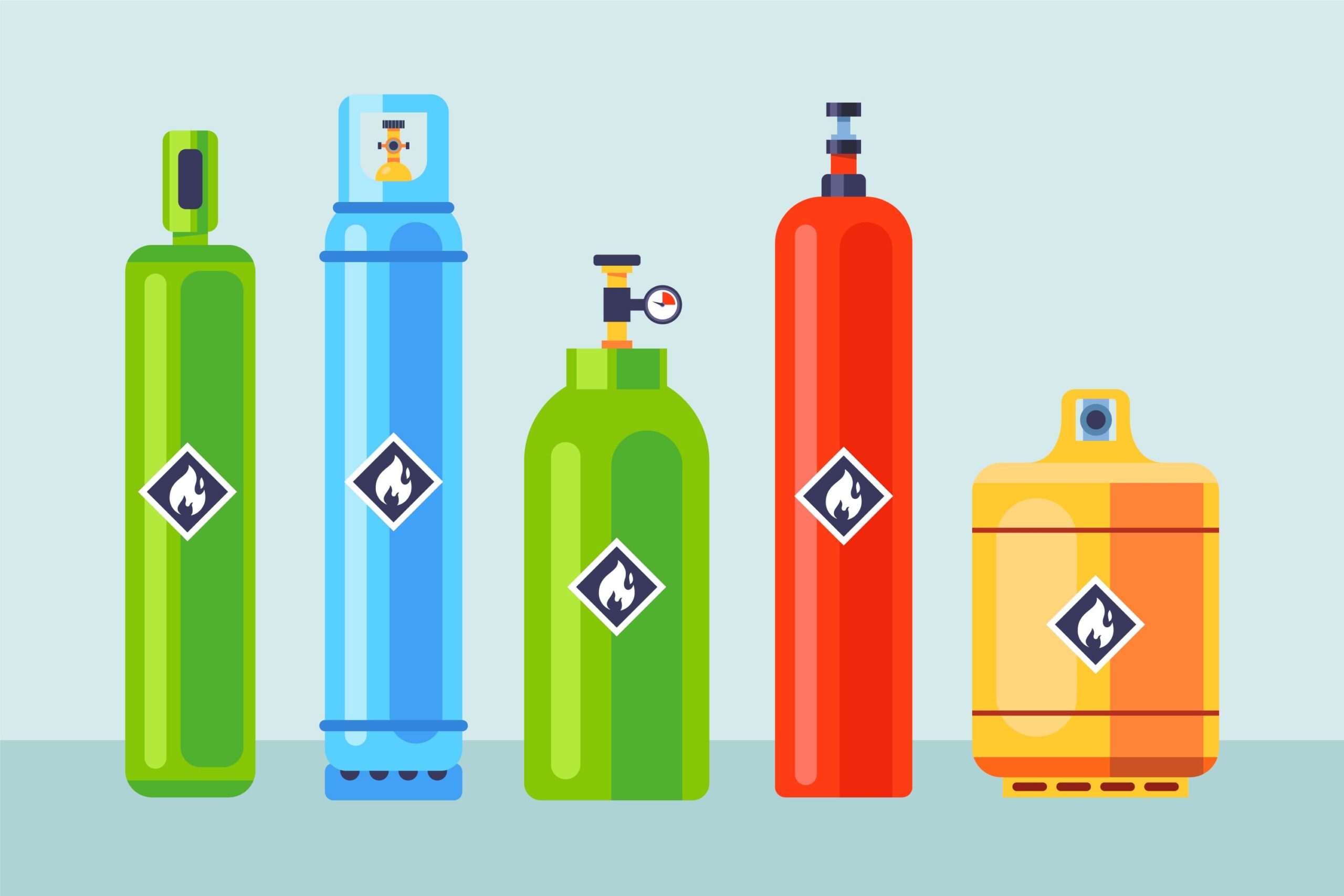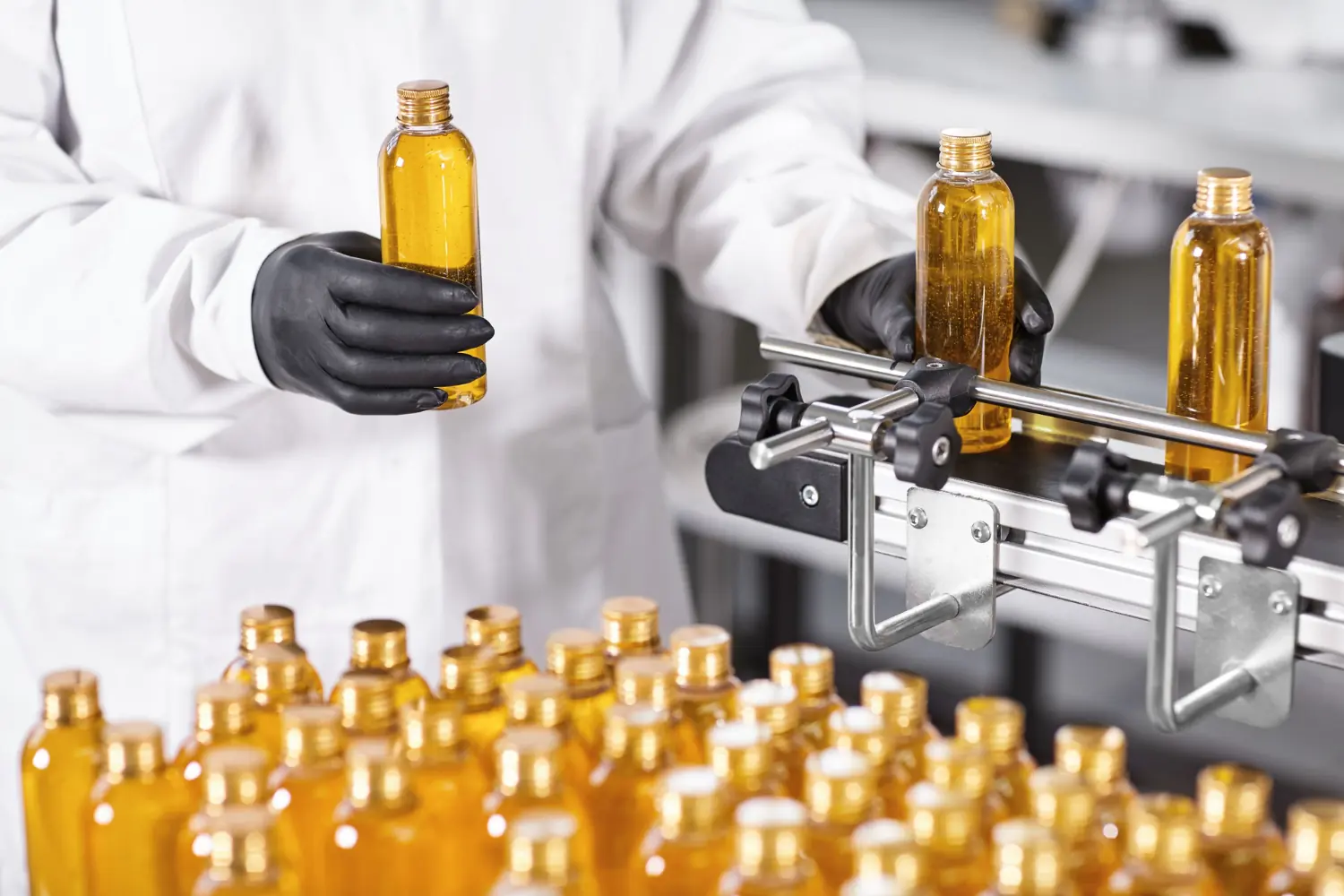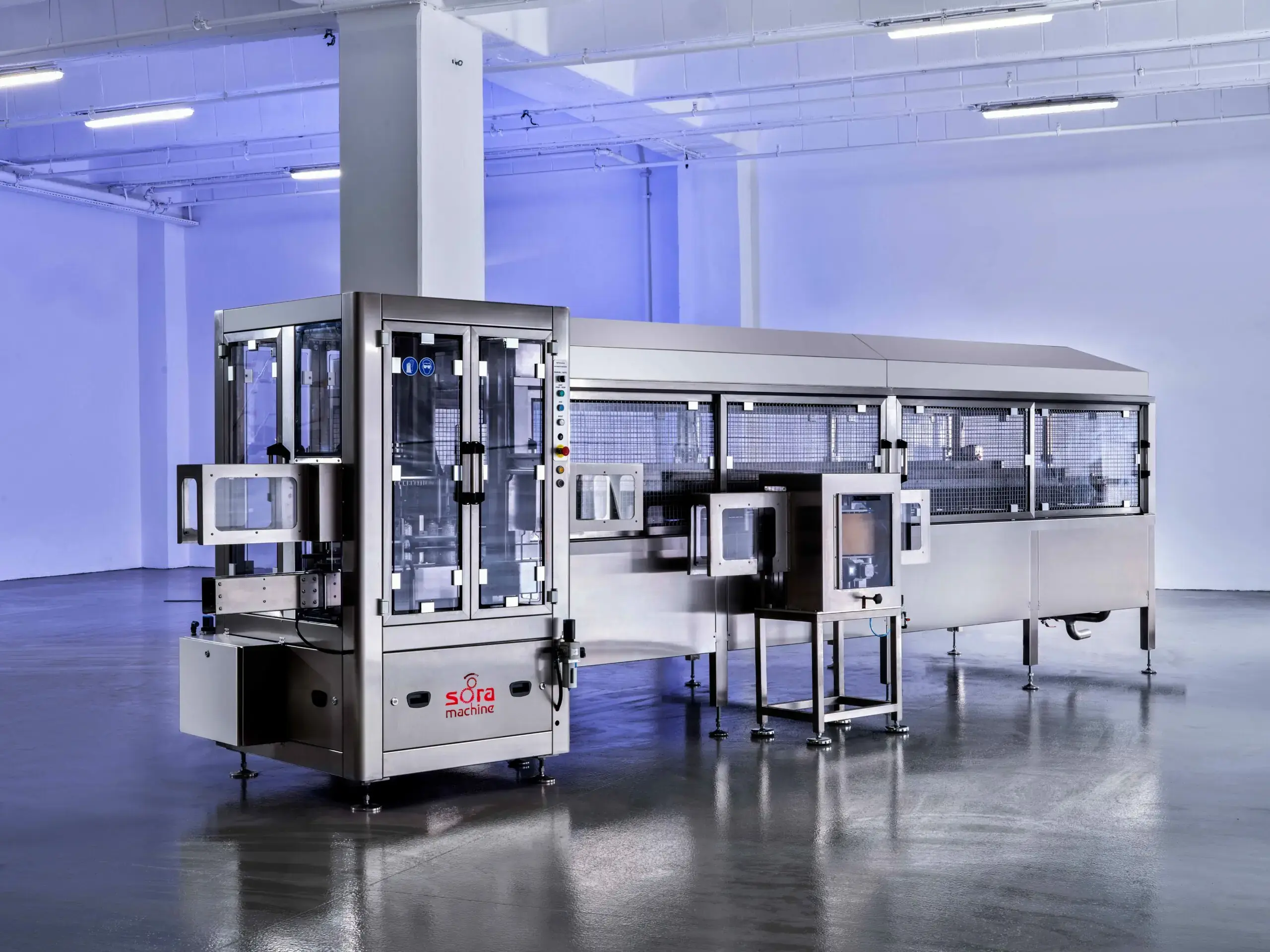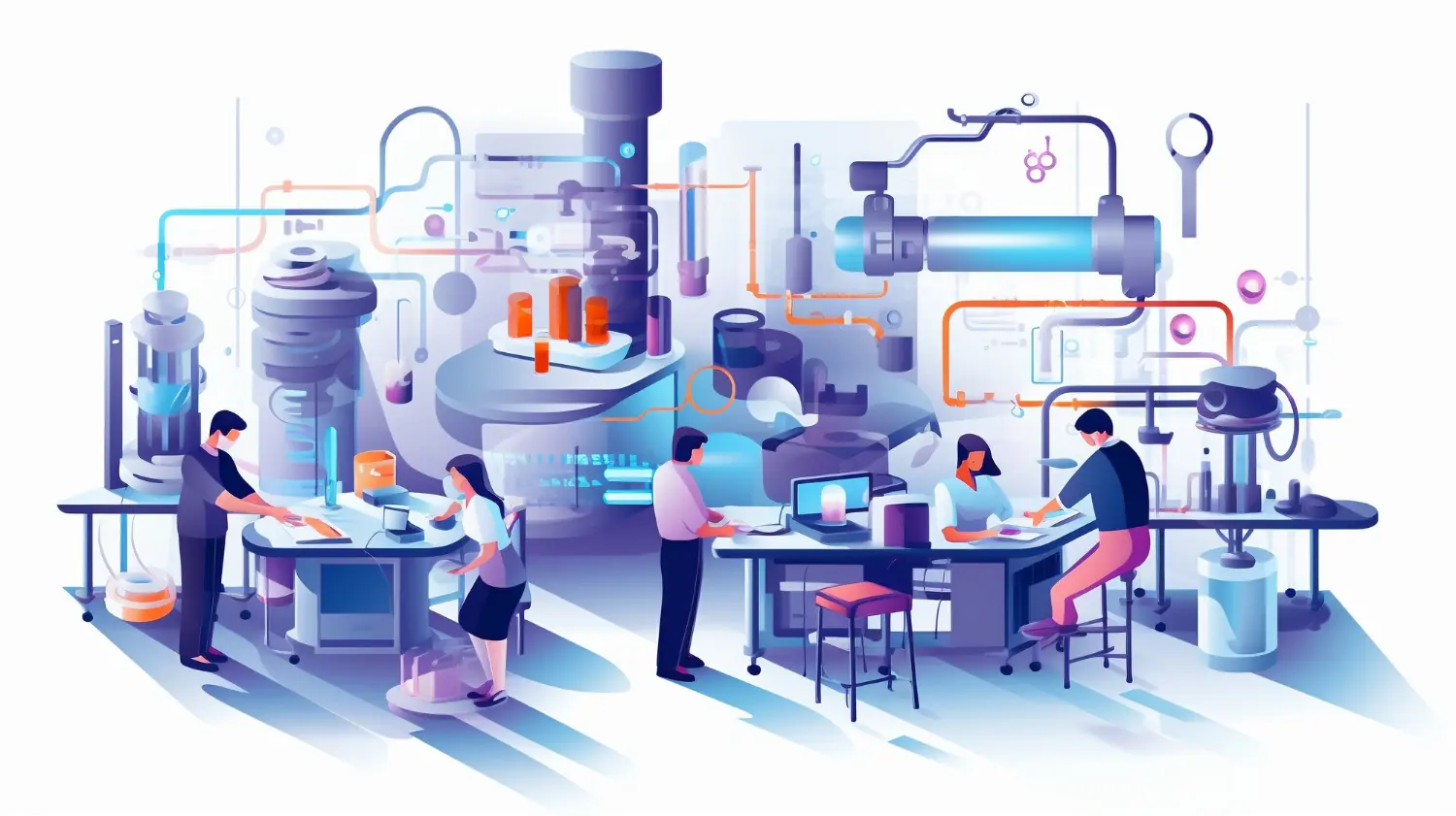IoT-enabled aerosol filling is one of the key transformation areas brought by Industry 4.0. This technology not only increases production speed but also minimizes environmental impact and continuously improves product quality. The aerosol filling machinery market is expected to grow significantly by 2030 (approximately 4.61% CAGRCompound Annual Growth Rate (CAGR) refers to the mean annual growth rate of an investment or market over a specified period of time.), driven mainly by demand from industries such as cosmetics, food, and pharmaceuticals, along with the adoption of advanced technologies.
Why Has Smart Aerosol Filling Become a Critical Need?
Smart aerosol filling is essential to meet growing demand from end-user industries such as cosmetics and personal care, comply with regulatory frameworks, and achieve sustainability by reducing waste and cost in production processes.
Smart manufacturing systems with flexible production lines can rapidly respond to customer needs and enable mass customization. The rapid growth and transformation in the aerosol filling machinery market are driven by several key factors:
What Are the Key Market Dynamics and Consumer Demands?
The most important factor behind market growth is the increasing demand for convenient aerosol-based products, fueled by changing lifestyles and higher disposable income. The cosmetics industry held the largest market share in 2022, accounting for 46.93% of all end-user sectors.
Key Dynamics:
- Urban Lifestyle Impact: Growing urban populations are turning toward convenient, easy-to-use aerosol products.
- Higher Disposable Income: In developing economies, the expanding middle class is spending more on personal care and cosmetic products.
- Packaging Innovations: New aerosol filling machines can handle various can sizes and shapes, providing flexibility to manufacturers.
How Do Regulatory Compliance and Environmental Concerns Create Challenges?
Despite market growth, aerosol manufacturers face environmental concerns and strict regulatory compliance challenges, pushing them toward sustainability-driven innovations:
- Environmental Impact: Growing concern about the disposal and usage of aerosol products forces manufacturers to adopt sustainable and eco-friendly packaging solutions.
- VOC (Volatile Organic Compounds)Volatile Organic Compounds are chemical substances that easily evaporate and contribute to indoor air pollution. Reduction: Lowering VOC emissions is crucial, especially in household and personal care products, to improve indoor air quality.
- Strict Compliance Rules: Rigid regulations and safety standards require manufacturers to integrate safety features into filling machines and perform regular inspections, increasing production costs.
How Do IoT and Digital Twin Technologies Transform Production Processes?
Industrial IoT (IIoT) monitors and optimizes production processes by collecting real-time data through sensors. The Digital TwinA Digital Twin is a virtual replica of a physical asset, process, or system, continuously updated with real-time data for simulation, testing, and optimization. creates a virtual representation of physical assets to enable machine learning and AI-driven fault detection, predictive maintenance, and product optimization.
What Are the Core Components That Enhance Efficiency and Quality?
In the smart factory model, IIoT and Artificial Intelligence (AI) applications play a central role in increasing efficiency.
Core Technological Components:
- Industrial IoT (IIoT): Sensors and systems across the production facility are interconnected to exchange data via the internet. Similar to terminal automation and digital control systems, this accelerates operational processes.
- Artificial Intelligence (AI) and Machine Learning (ML): By analyzing big data collected from production, AI enables automated decision-making, prediction, and optimization tasks. These digital processes support CRM, Quality, and OHS management systems.
- Automation and Robotics: By performing repetitive tasks accurately and quickly, efficiency is improved, and human error is reduced. Fully automated aerosol filling machines are expected to see the highest growth rate (5.77%) in the forecast period.
How Does the Digital Twin Enable Predictive Maintenance and Optimization?
The Digital Twin, fed by real-time data from physical devices, allows simulation and prediction in a virtual environment — a major advantage in precision-demanding aerosol filling processes:
- Real-Time Control: Digital twins enable real-time system monitoring and control.
- Predictive Maintenance: Machine learning software predicts equipment conditions, enabling planned maintenance before failures occur, reducing downtime and operational risk.
- Product and Process Optimization: 73% of digital twin applications focus on optimizing products and processes, making it a key driver of productivity and quality improvement.
What Are the 2025 Trends in Sustainable Aerosol Solutions?
Sustainability trends in aerosol technology for 2025 and beyond include the adoption of eco-friendly propellants (such as compressed air/nitrogen), biodegradable formulations, and the development of energy-efficient, low-emission products.
Why Are Green Formulations and Packaging Becoming More Important?
Over 70% of consumers now seek cleaning products that are both effective and eco-friendly. This shift has redirected R&D efforts toward sustainability.
- Eco-Friendly Propellants: Hydrocarbon propellants are being replaced by greener alternatives like compressed air and nitrogen — a major step in meeting environmental standards.
- Biological Components and Recycling: Biodegradable ingredients and recyclable packaging directly reduce waste generation.
- Carbon Emission Reduction: Projects are being developed to minimize environmental impacts throughout the product lifecycle.
How Is an IoT-Enabled Smart Filling Process Implemented?
The integration of IoT, automation, and software systems aims to maximize efficiency and safety in the filling process, aligning with operational improvement and digital transformation goals.
Step-by-Step Implementation Guide:
- Real-Time Data Collection: All machines (filling, valve, packaging) on the production line are connected via sensors to an IIoT platform to collect key data like temperature, pressure, and fill volume.
- Create a Digital Twin: A virtual replica of the physical filling line is created to simulate operational risks and test process optimization.
- Quality Control and Optimization: Inline devices are used for input quality control. Machine learning algorithms analyze collected data to predict potential defects and optimize quality.
- Apply Predictive Maintenance: Machine health is constantly monitored; abnormalities such as vibration or overheating trigger alerts, allowing scheduled maintenance before failures occur.
- Supply Chain Integration: Customer orders and real-time production data are matched to optimize logistics and shorten delivery times, increasing customer satisfaction.
- Continuous Improvement: All processes are integrated with complaint and feedback systems (ISO 10002), ensuring continuous improvement in a cyclical structure.
What Operational Benefits Do Smart Aerosol Filling Systems Offer?
Smart filling systems enhance energy efficiency, reduce production errors and maintenance costs, ensure operational transparency, and support environmentally responsible manufacturing goals.
Detailed Analysis of Operational Benefits:
- Improved Energy Efficiency: IIoT systems monitor and analyze energy consumption, providing insights for optimization. Energy recovery and renewable sources reduce reliance on fossil fuels.
- Reduced Costs and Errors: Robotic automation and digitalization minimize human error in repetitive tasks.
- High Quality and Safety: Advanced sensor and visual control technologies ensure high product filling accuracy. AI-supported OHS monitoring systems improve compliance and operational resilience.
- Raw Material Management and Localization: Smart systems and R&D support local production of imported raw materials, enhancing supply security and reducing logistics-based carbon emissions.
How to Manage Customers’ Sustainability-Focused Expectations?
Customer expectations now center on sustainability, product quality, and safety. These are managed through low-emission product design, transparent reporting, and fast digital customer service.
- Eco-Friendly Product Design: To meet environmental expectations, R&D processes should focus on low-emission products (with reduced VOC release) and climate-resilient formulations.
- Transparency and Compliance: Practices in compliance, transparency, and reporting provide strong responses to stakeholder expectations.
What Specific Efficiency Gains Does IoT Provide in Aerosol Filling?
IoT accelerates operational flows by enabling detailed analysis of process steps and seamless software-hardware integration.
What Is the Biggest Contribution of Digital Twin Technology to Aerosol Manufacturing?
The Digital Twin acts as a virtual representation of the physical system, allowing machine learning algorithms to predict system performance. Predictive maintenance minimizes breakdowns and costs, while increasing productivity and quality.
What Environmental Improvements Are Being Made in Line with Sustainability Goals?
Improvements include developing low-emission formulations (reducing VOC release), increasing waste recovery rates (currently around 69%), and implementing energy-saving process optimizations.
What Risks Does Digitalization Help Manage in the Aerosol Filling Industry?
Digitalization helps manage Information Security/Cybersecurity risks and operational errors. Integrating all management systems (ISO 9001-14001-45001-10002-50001-27001-17025) with digital traceability enhances operational resilience.
What Measures Are Taken to Ensure Consumer Health and Safety in Aerosol Filling?
Product safety certifications, labeling, and compliance testing are implemented. Scientific data sheets are published regarding environmental and health impacts, with a focus on low-emission product portfolios.
